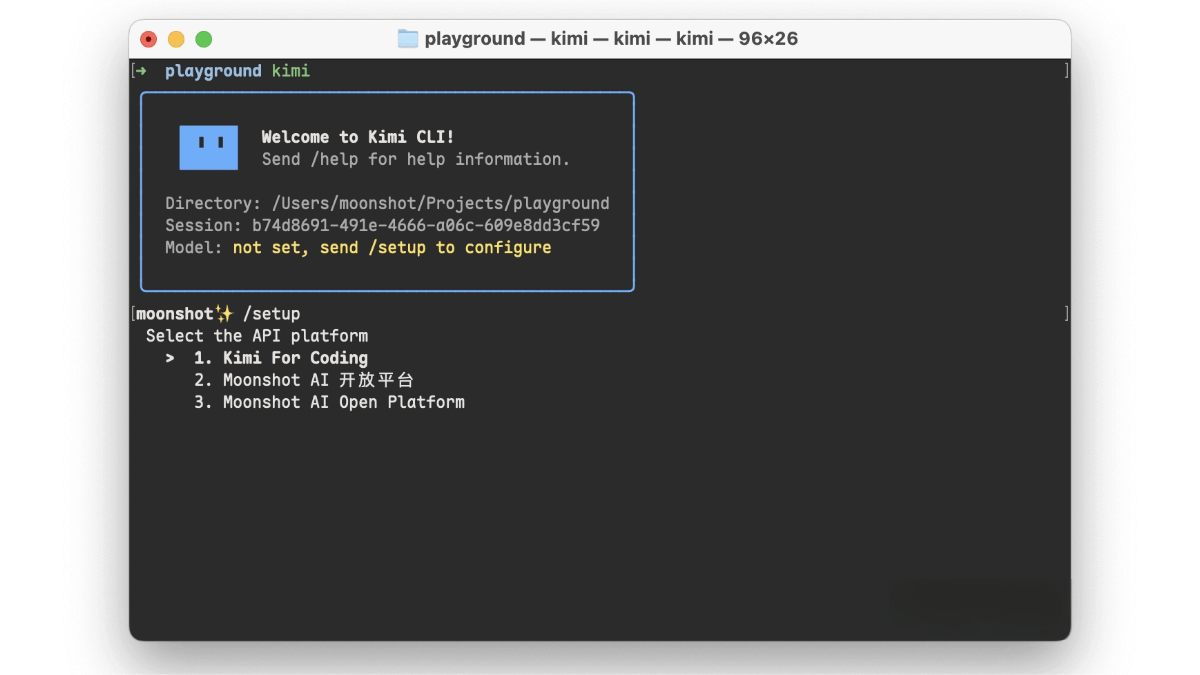What is Aurora?
Aurora is a 1.3-billion-parameter atmospheric foundation model developed by Microsoft Research. It is designed to extract valuable insights from vast atmospheric datasets and is used to predict global weather patterns, air pollution levels, and ocean wave behavior. Aurora uses a pre-training and fine-tuning architecture to handle data across varying resolutions and pressure levels.
The model demonstrates strong performance across multiple forecasting tasks, including high-resolution weather prediction, air quality forecasting, and tropical cyclone path tracking. It is approximately 5,000 times faster than traditional numerical weather prediction (NWP) models, delivering high accuracy with significantly reduced computational cost. Aurora offers a powerful tool for tackling climate change and extreme weather events.

Key Features of Aurora
-
High-Resolution Weather Forecasting: Produces global weather predictions with resolutions as fine as 0.1°, forecasting variables like temperature, wind speed, and pressure up to 10 days in advance.
-
Air Pollution Prediction: Forecasts global air pollution levels, including concentrations of NO₂, SO₂, O₃, and particulate matter (PM1, PM2.5, PM10).
-
Ocean Wave Forecasting: Predicts wave height, period, and direction, aiding maritime navigation, coastal defense, and marine energy development.
-
Tropical Cyclone Tracking: Accurately forecasts the trajectories of tropical cyclones, offering critical support for disaster preparedness.
-
Extreme Weather Event Prediction: Excels at forecasting storms, floods, and droughts, enabling early warnings to minimize disaster impact.
Technical Foundations of Aurora
-
Foundation Model Architecture: Aurora follows a two-stage training approach. During pre-training, it learns general weather and climate representations from diverse atmospheric datasets. During fine-tuning, it is optimized for specific tasks such as weather or pollution forecasting.
-
3D Swin Transformer: At its core is a flexible 3D Swin Transformer, capable of processing atmospheric variables across different spatial resolutions and pressure levels.
-
Perceiver-Based Encoder-Decoder: Utilizes Perceiver encoders and decoders to handle heterogeneous inputs and generate forecasts across varying fidelity and resolution.
-
Data Diversity: Trained on a wide range of data sources—analyses, reanalyses, climate simulations, and operational forecasts—to learn comprehensive atmospheric dynamics.
-
Computational Efficiency: Aurora’s architecture and training methodology enable fast, high-precision forecasting, achieving speeds ~5,000× faster than traditional NWP models.
Official Resources
-
Website: https://microsoft.github.io/aurora
-
GitHub Repository: https://github.com/microsoft/aurora
-
arXiv Paper: https://arxiv.org/pdf/2405.13063
Application Scenarios for Aurora
-
Weather Forecasting: Provides 10-day global forecasts at 0.1° resolution for meteorological agencies and industries, supporting agriculture, flight scheduling, and disaster prevention.
-
Air Quality Monitoring: Assists environmental and public health agencies in issuing air quality alerts by forecasting global pollution levels.
-
Maritime & Coastal Applications: Delivers wave forecasts to support shipping safety, optimize routes, bolster coastal defenses, and facilitate marine energy projects.
-
Cyclone Tracking: Enables meteorological and emergency response teams to issue timely warnings for tropical cyclones, reducing risks to coastal populations.
-
Extreme Weather Preparedness: Helps governments and the public prepare for severe weather events like storms, floods, and droughts through early alerts.
Related Posts



![FLUX.1 Krea [dev] – An open-source text-to-image model co-developed by Black Forest and Krea AI](https://altools.ai/wp-content/uploads/2025/08/1754112746-banner1.jpg)
